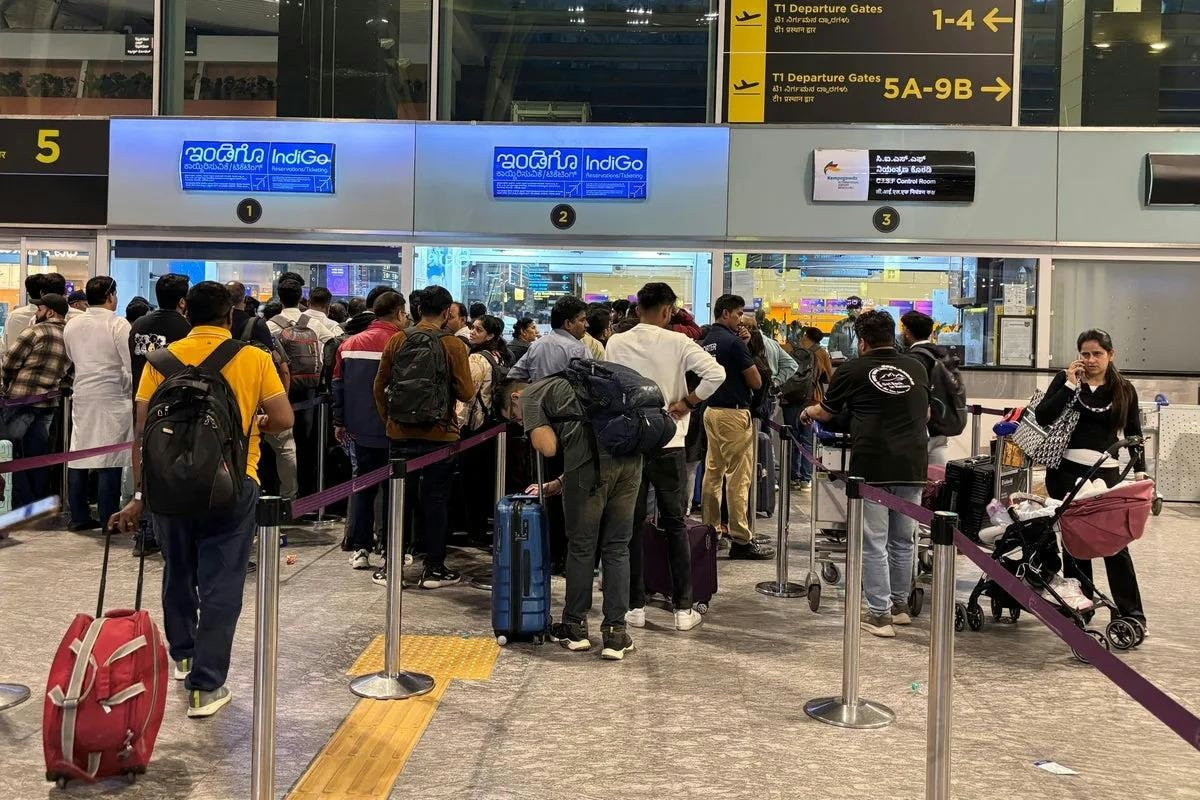
AeroGenie: il tuo copilota intelligente.
Tendenze
Categories
Why US Airlines Are Hesitant to Order the World's Largest Twinjet
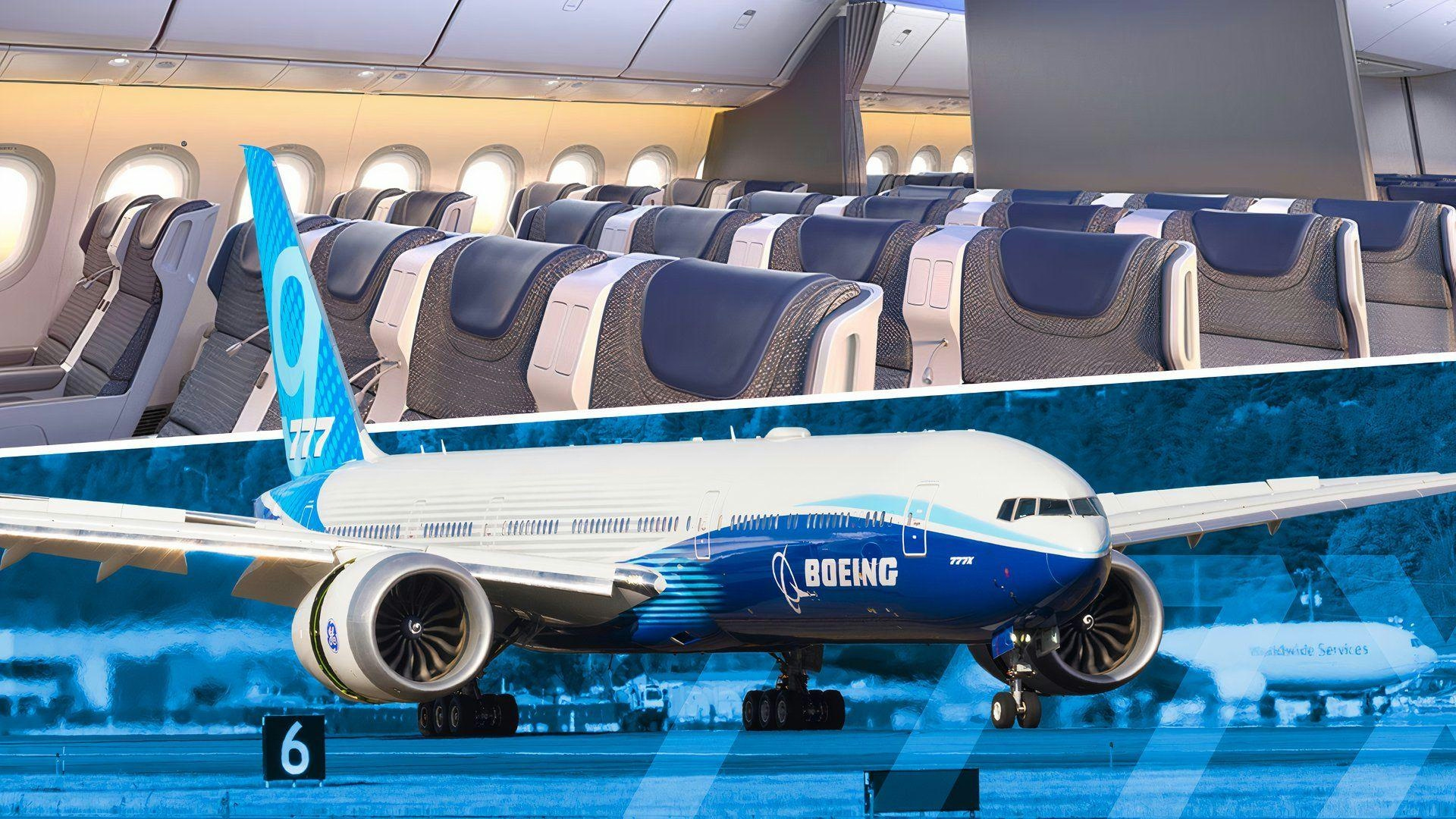
Why US Airlines Are Hesitant to Order the World's Largest Twinjet
The 777X and Its Misalignment with US Carrier Strategies
The Boeing 777X, poised to become the world’s largest twin-engine jet, has encountered significant resistance from major US airlines. Despite its cutting-edge technology and substantial passenger capacity, the aircraft’s size and operational characteristics do not align with the strategic priorities of American Airlines, Delta Air Lines, and United Airlines—the so-called “Big Three.” None of these carriers currently plan to incorporate the 777X into their fleets, leaving launch customer Lufthansa and other international airlines as the primary purchasers.
A central factor behind this hesitation is the disconnect between the 777X’s large capacity and the operational models of US carriers, which predominantly rely on hub-and-spoke networks. The 777X is designed to replace aging Boeing 747s and Airbus A380s on high-demand, long-haul routes—markets where US airlines maintain a comparatively limited presence relative to their European and Middle Eastern counterparts. Instead, American, Delta, and United have favored smaller widebody aircraft such as the Boeing 787 and Airbus A350, which provide a more optimal balance of capacity, operational flexibility, and cost efficiency.
Impact of Global Trade Uncertainties and Technical Challenges
The broader context of global trade tensions further complicates the 777X’s prospects in the US market. The aviation industry, valued at approximately $1 trillion, faces ongoing tariff uncertainties that have prompted airlines and aerospace manufacturers to diversify supply chains and reevaluate vendor relationships. The shifting landscape of trade policies, including fluctuating exemptions and changing duties, has introduced additional risks for US carriers considering new aircraft acquisitions. This volatility has compelled airlines to reconsider network planning and capacity deployment strategies, making investment in a large, complex program like the 777X less attractive.
Compounding these challenges are manufacturing delays and technical setbacks that have undermined confidence in the 777X program. Regulatory hurdles, including certification delays and incidents such as the door panel explosion during testing, have raised concerns about the aircraft’s reliability and delivery timeline. Many US airlines continue to operate extensive fleets of earlier-generation Boeing 777s with significant remaining service life, reducing the urgency to transition to a new, larger model amid these uncertainties.
Competitive Landscape and Shifting Market Dynamics
The 777X family comprises two variants: the smaller 777-8 and the stretched 777-9. Both face intense competition from the Airbus A350, which is already widely adopted by international carriers. While some global airlines express interest in the higher-capacity 777-9, US carriers have demonstrated limited enthusiasm for either model. The COVID-19 pandemic accelerated a shift toward more flexible and fuel-efficient aircraft, prompting airlines to reassess fleet compositions and adapt to evolving travel patterns.
In conclusion, the combination of the 777X’s size, ongoing technical and regulatory challenges, and the complexities introduced by global trade uncertainties have left US airlines reluctant to commit to the program. For the time being, the world’s largest twinjet remains better suited to international carriers with concentrated hubs and strong long-haul demand, while US airlines continue to prioritize smaller, more versatile widebody aircraft tailored to their dynamic network requirements.
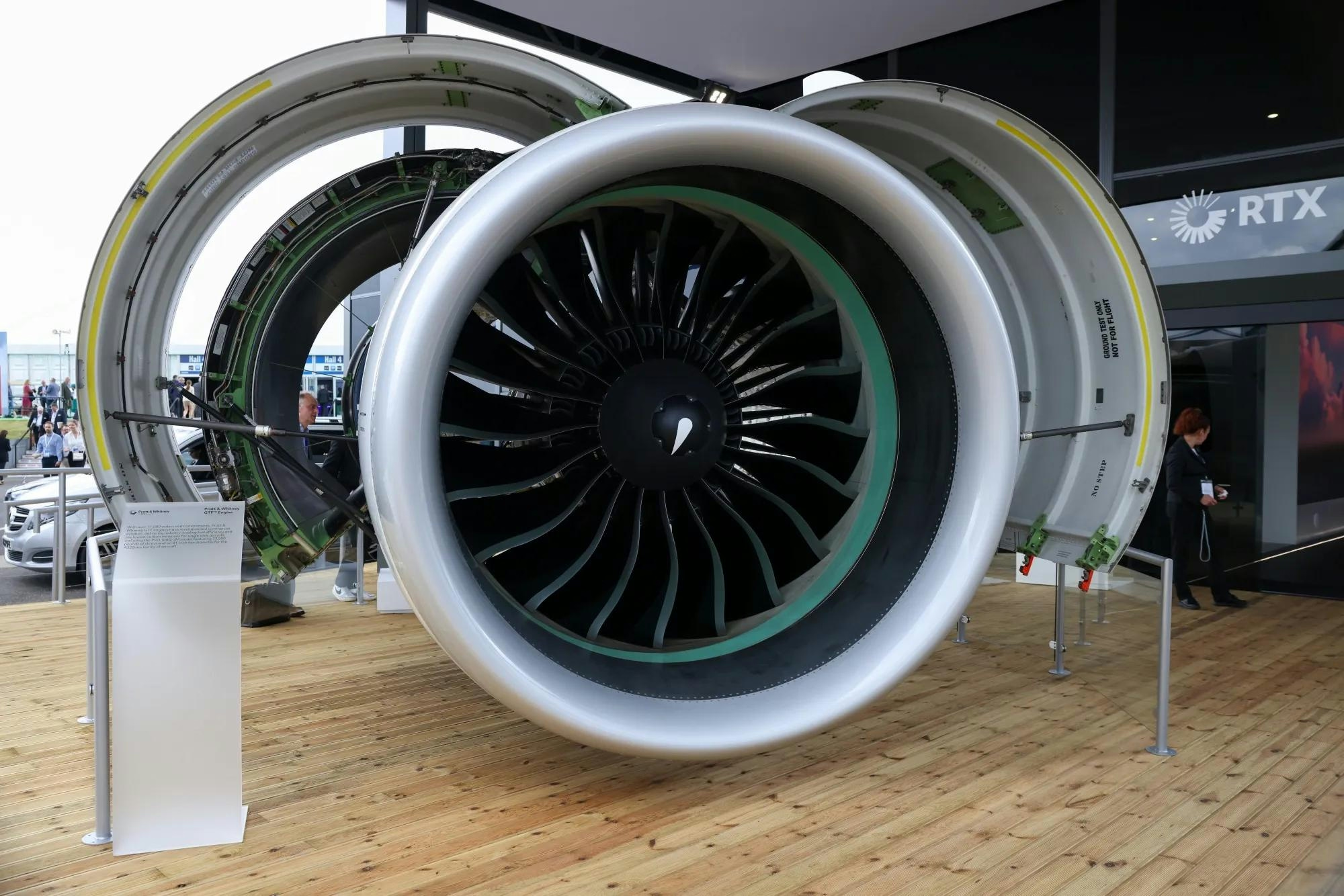
Spirit Signs Agreement with Pratt & Whitney Units on Aircraft Engines

ADB SAFEGATE Receives Industry Awards for Marketing, R&D, and Social Impact

GA Telesis Secures Five-Year Landing Gear Overhaul Agreement with Major U.S. Carrier
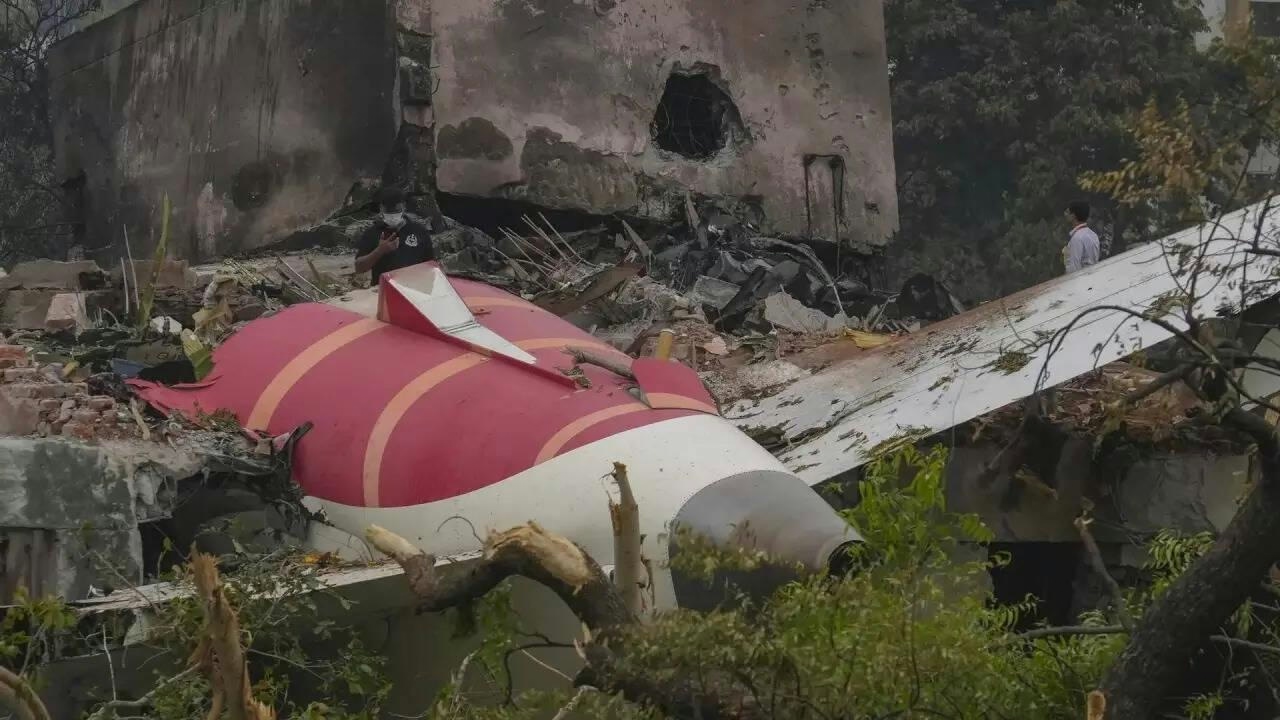
Government Strengthens Aviation Safety Framework Amid AI-171 Investigation
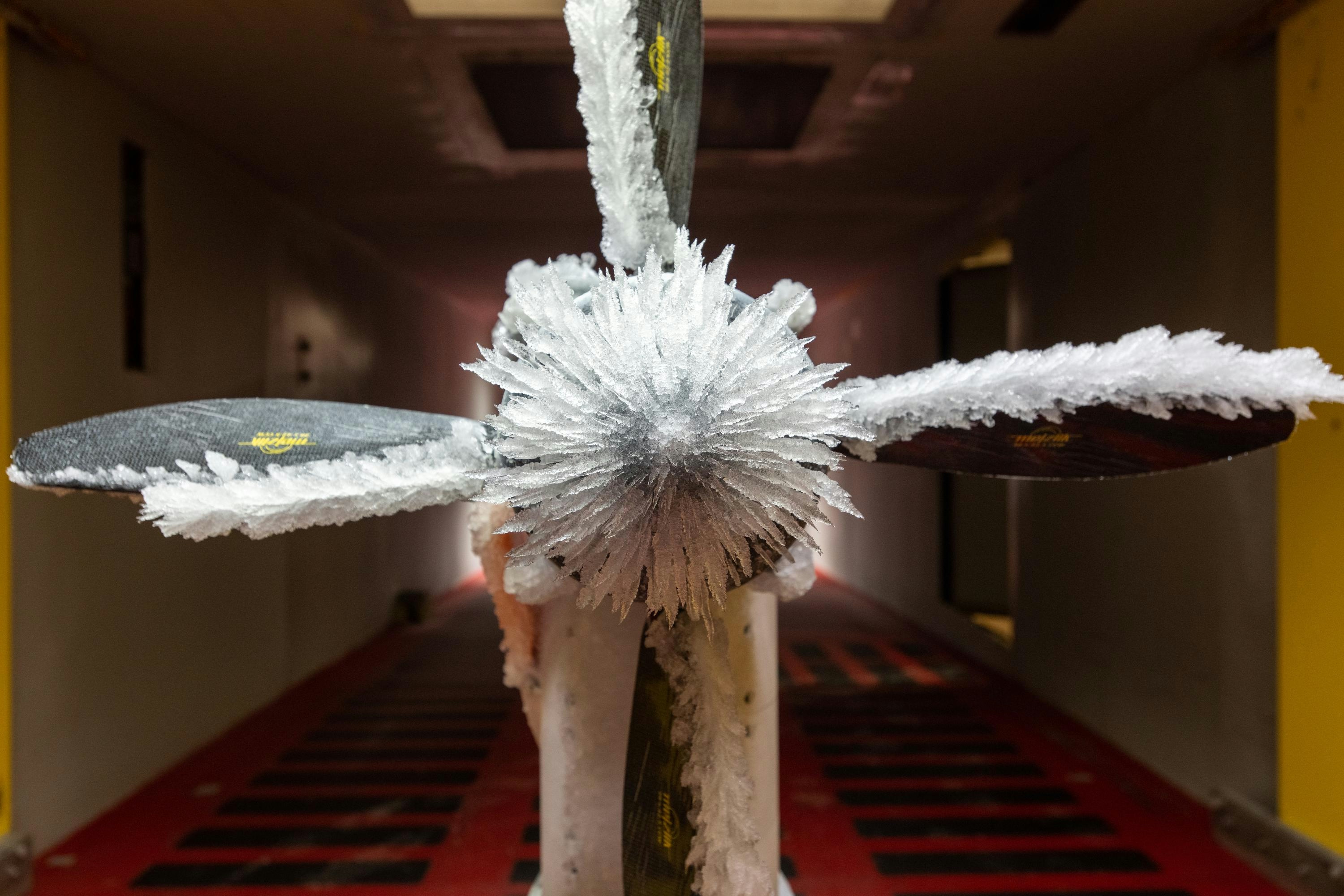
NASA Software Raises Bar for Aircraft Icing Research

Dans and Emirates Aviation University Partner on AI Air Traffic Management Research
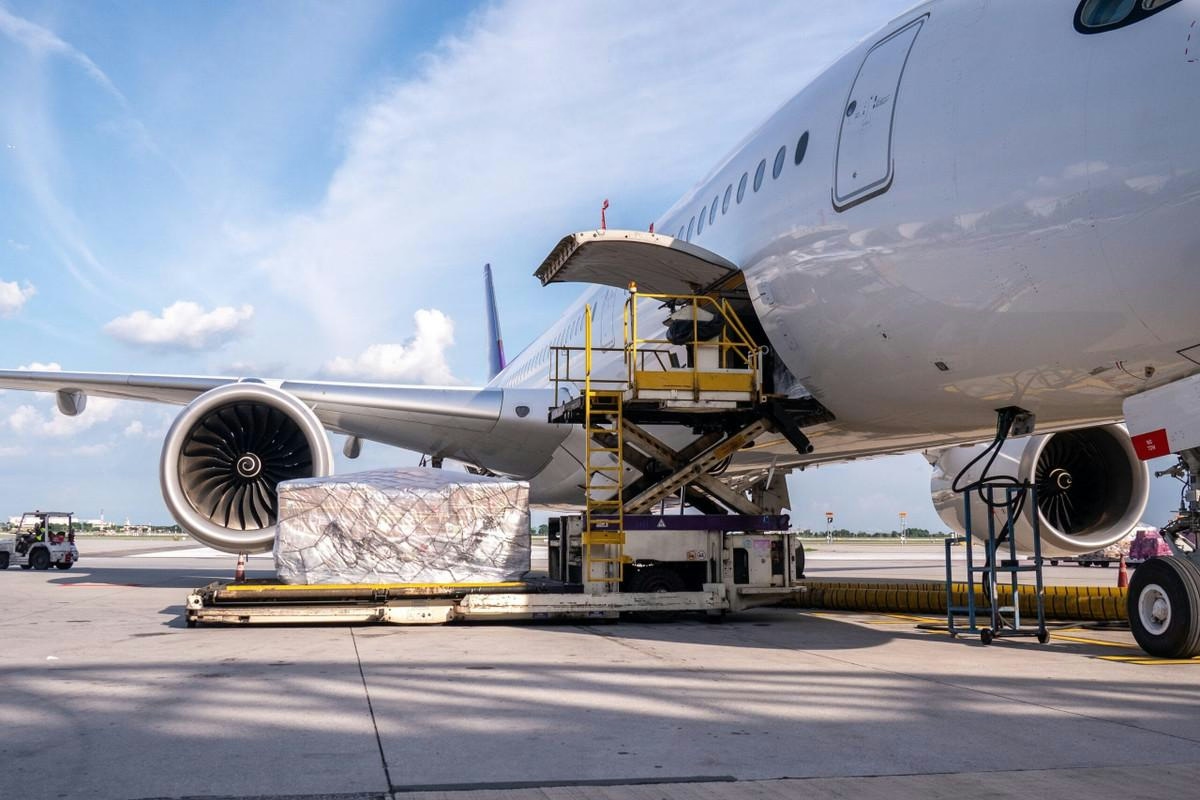
Nigus and AXISCADES to Develop Nigeria’s First Major Aviation MRO Hub
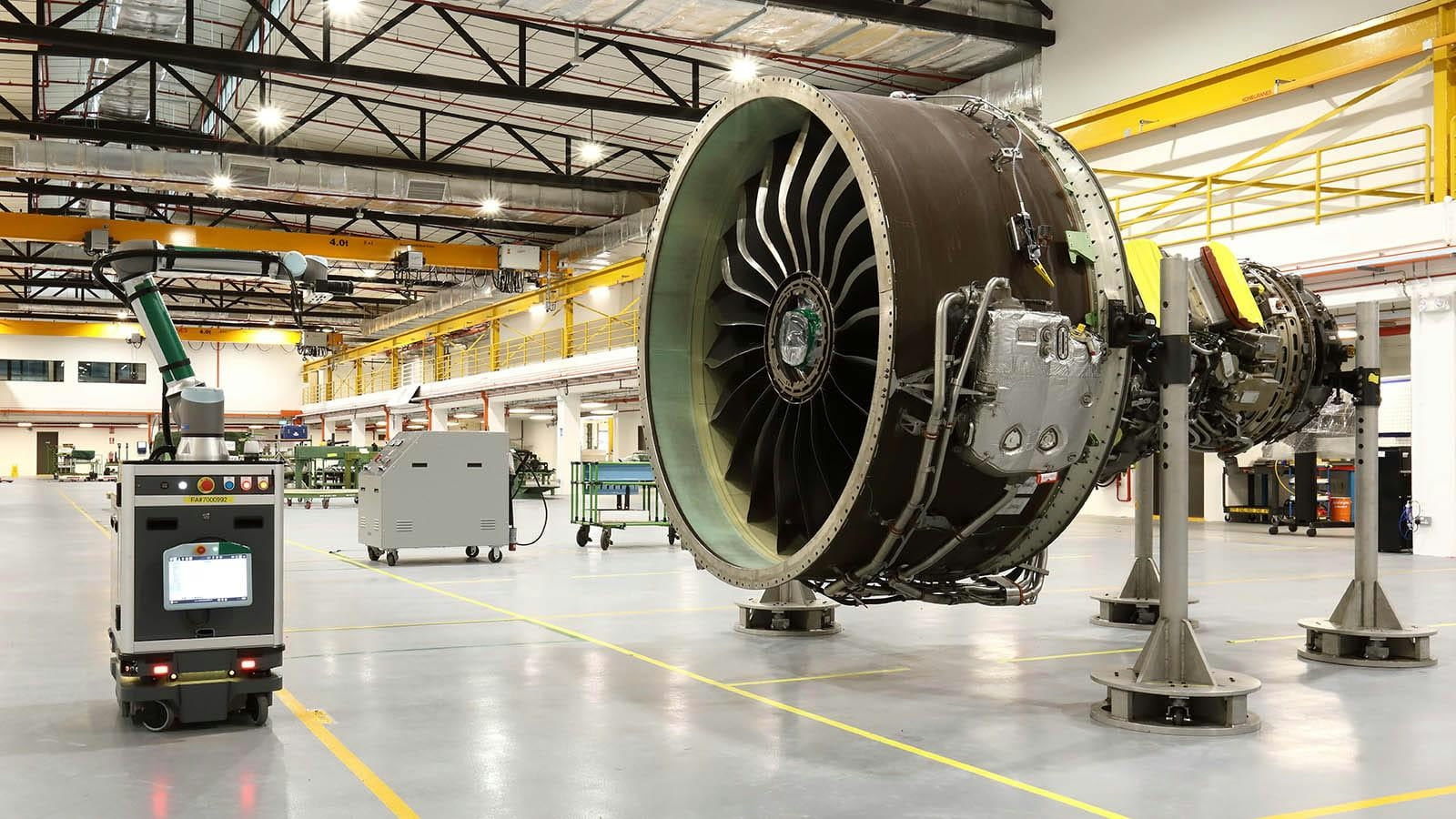
Commission Unveils Industrial Strategy for Aviation Sector

Congressional Committee Expresses Bipartisan Support for Advanced Air Mobility
